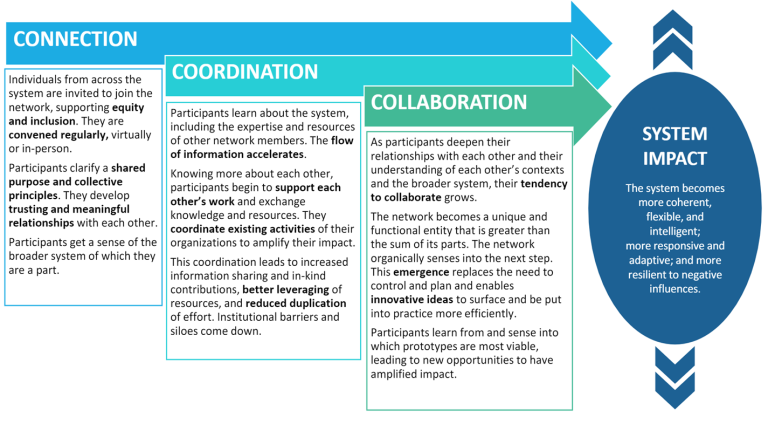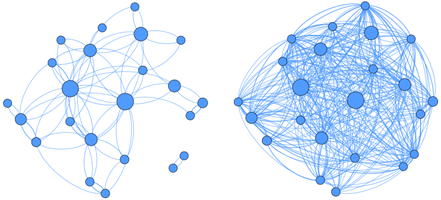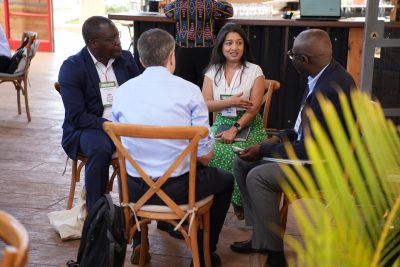News
By Emily Kitongo
The Smallholder and Agri-SME Finance and Investment Network (SAFIN) was launched in 2018 on the premise that fragmentation of initiatives and poor mutual understanding among the providers, seekers and enablers of finance stymie access to financial services for agri-SMEs. Since then, the network of now 52 institutions has been working to bridge gaps in the agri-SME finance ecosystem through knowledge sharing, advocacy and co-creation of initiatives with the potential to move more capital and complementary services closer to agri-SMEs. Over the years, tracking the impact of building mutual understanding and relationships across these communities on SAFIN partners’ ability to collaborate has also become central to the network’s activities.
Since 2019, Small Foundation has supported the SAFIN secretariat in building capacity to monitor the health, connectivity and overall development of the network through a package of tools from the Small Foundation-Converge Impact Measurement and Management (IMM) toolkit.
- Through annual Network Health Surveys, SAFIN checks the temperature of the network by recording the experiences and perceptions of its membership across seven aspects of network health.
- Through Social Network Analyses (SNAs), SAFIN visualizes the levels of communication, coordination and collaboration amongst its 52 member institutions.
- Finally, with a Member Engagement Dashboard, the Secretariat records changes in membership, participation in network learning events and working groups, as well as details of the collaborations facilitated by the network.
All together, these tools have proven particularly useful to SAFIN in three key ways:
1. Visualizing SAFIN’s evolution in quasi real time
According to Holley and Krebs (2004), networks progress along four main stages: from scattered fragments with dispersed connections, all the way to a dense core/periphery network model with a vibrant, sustainable community of members (see figures 1.1 to 1.4). Similarly, according to the Converge and Small Foundation network theory of change, networks progress from connection to collaboration and eventually co-creation around a shared goal.

2. Informing the design and adaptation of network activities
Records from the Member Engagement Dashboard have been particularly insightful in planning for future learning activities for the membership, and for external actors in the agri-finance community. Some key insights include those about session format and content: in 2021, high-level advocacy events were effective in reaching out to the broader agriculture and financial communities while providing an avenue to showcase practical lessons from the experiences of SAFIN members on the ground. Technical webinars and closed design sessions resonated within the SAFIN membership as a space to spark debates about different approaches to addressing challenges in agri-SME finance. Going forward, this information will allow SAFIN to better plan and coordinate with specific members for distinct types of events, based on the different themes of discussion.
3. Assessing the value of SAFIN connection tools
In the last two years, SAFIN has introduced new channels for peer-to-peer information sharing and discovery, such as a member portal with an online discussion feed and other interactive features, a discovery map for easier location of knowledge and expertise within the network, and bi-monthly bulletins with all relevant news from member institutions. With results from SNAs conducted in 2020 and 2021, the Secretariat has seen a positive influence regular use of these channels has on the number and degree of connections a particular member has with others in the network. In 2021, respondents who used the member portal reported 34% of all possible connections with others in the network, compared to 7% of those who didn’t use it regularly. Going forward, this calls for the Secretariat to strengthen these tools and increase member engagement around them.
Learn more about SAFIN’s work and access SAFIN resources here.

Emily Kitongo is SAFIN’s Knowledge Management and Communications Officer, based in IFAD in Rome, Italy.




